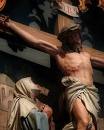 This Lenten season has witnessed a renaissance of the Stations of the Cross devotion in the Suprenant household. We invite a family to share soup (asking them to bring a vegetable to add to the soup) and bread for dinner, followed by a “way of the Cross” that leads through our home, complete with meditations by St. Alphonsus Liguori and of course the traditional “At the Cross her station keeping . . .”
This Lenten season has witnessed a renaissance of the Stations of the Cross devotion in the Suprenant household. We invite a family to share soup (asking them to bring a vegetable to add to the soup) and bread for dinner, followed by a “way of the Cross” that leads through our home, complete with meditations by St. Alphonsus Liguori and of course the traditional “At the Cross her station keeping . . .”
For that reason, I was especially delighted to come across the following news item, courtesy of ZENIT:
VATICAN CITY, MARCH 28, 2011 (Zenit.org). An Augustinian woman religious will write the meditations for the Way of the Cross led by Benedict XVI on Good Friday in the Colosseum.
The Pope has given the task to Mother Maria Rita Piccione, a contemplative who is president of the Federation of Augustinian Nuns, the Vatican press office reported Friday.
The illustrations that will accompany each station in the booklet have been created by Sister Elena Manganelli, another Augustinian religious.
This is not the first time that a woman writes the Good Friday meditations. In 1993, Pope John Paul II entrusted the task to Benedictine Mother Anna Maria Canopi; and two years later, Sister Minke de Vries, from a Protestant convent in Switzerland, wrote them.
In 2002, five laywomen collaborated with 11 men — journalists accredited to the Holy See — in writing the meditations.
The tradition of praying the Stations of the Cross in the Colosseum was reinitiated by Pope Paul VI in 1964; the tradition goes back to the Holy Year of 1750.
Pope John Paul II decided in 1985 to ask contemporaries to prepare the meditations; previously they had been drawn from writings of the saints.
 Last week, the
Last week, the  Today I thought I would give a plug to an excellent, new Catholic website called
Today I thought I would give a plug to an excellent, new Catholic website called 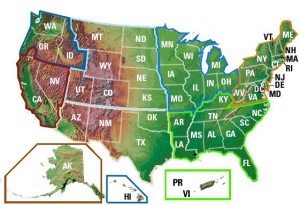 One of the top ten vocation websites for 2011 as identified by the
One of the top ten vocation websites for 2011 as identified by the  I’ve come across many news stories this past week that relate to the subject of vocations. Here is a sampling:
I’ve come across many news stories this past week that relate to the subject of vocations. Here is a sampling: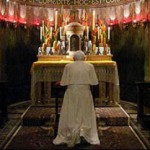 Benedict XVI: Priesthood Is a Vocation, Not a Job
Benedict XVI: Priesthood Is a Vocation, Not a Job “In order to evangelize the world, we need experts in celebration, adoration, and contemplation of the Holy Eucharist” (Pope John Paul II).
“In order to evangelize the world, we need experts in celebration, adoration, and contemplation of the Holy Eucharist” (Pope John Paul II).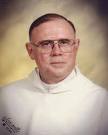 Today I thought would share with our readers an inspiring reflection by Fr. Brian Mullady, O.P. entitled “
Today I thought would share with our readers an inspiring reflection by Fr. Brian Mullady, O.P. entitled “ Earlier this month there was an open house at Our Lady of Ephesus Priory in Gower, Missouri. This is the new home of the
Earlier this month there was an open house at Our Lady of Ephesus Priory in Gower, Missouri. This is the new home of the 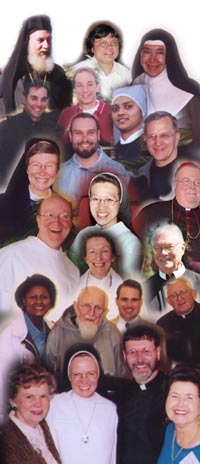 The
The 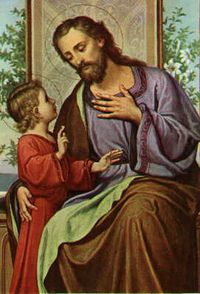 In the Church, we have the beautiful feasts of the Sacred Heart of Jesus and the Immaculate Heart of Mary, with the heart symbolizing the immense love of Our Lord and His Blessed Mother for each one of us.
In the Church, we have the beautiful feasts of the Sacred Heart of Jesus and the Immaculate Heart of Mary, with the heart symbolizing the immense love of Our Lord and His Blessed Mother for each one of us.